DeVos: ‘Teachers’ Unions Are the Only Thing Standing in the Way’ of School Choice
oning school choice in Washington, D.C., and criticizing teacher unions for impeding students’ progress.
Even though a federal analysis indicates that low-income students utilizing school vouchers to enroll in private D.C. schools score considerably lower in math after two years, Devos remains a staunch advocate of school choice.
“Naturally, there have been lots and lots of surveys and different studies done, both on the D.C. program – as well as choice programs across the country – and everybody wants to constantly refer to the one where students, especially in math, showed a little dip after 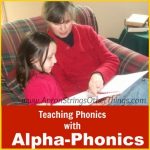 their first two years,” Devos expressed to The Heritage Foundation President Kay Coles James. “Well think about it, if a kid is struggling in [a] school to which they are assigned, they change schools and start something new. Anytime we change anything, it takes a little while to get up to speed.”
their first two years,” Devos expressed to The Heritage Foundation President Kay Coles James. “Well think about it, if a kid is struggling in [a] school to which they are assigned, they change schools and start something new. Anytime we change anything, it takes a little while to get up to speed.”
Who knows best for the kids?
The voucher program was designed to give low-income families the same educational choices as those who can afford to enroll their children in private schools — oftentimes to avoid some of the detrimental effects of public schools.
“The OSP – also called vouchers – offers scholarships to low-income children in Washington, D.C., to attend a participating private school of their choice, [and] it is funded under the Scholarships for Opportunity and Results Act, and is the only federally-funded voucher program in the country,” The Christian Post (CP) informed. “It was enacted by Congress as part of a three-sector approach encompassing traditional public schools, charter schools and private schools to improve educational outcomes in the district.”
Conventional public schools and public charter schools, as well as opportunity scholarships, are all given equal funding under the program.
“The OSP ensures that low-income families have the same opportunities as more affluent families to choose among public schools, charter schools and quality private schools,” CP’s Leonardo Blair reported. “Some 91 percent of participating children are African-American and Hispanic, and the average income for participating families is less than $24,000 per year, the program’s website says.”
Devos insists that the school choice program is working toward the academic growth of 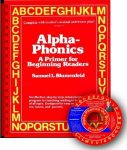 students in the nation’s capital.
students in the nation’s capital.
“All of the studies that have been longitudinal in nature and for students that have been in the program or in choices the longest period of time, they continue to show growth, year over year over year, and I think that is the most important thing in the long run,” Devos pointed out. “The preponderance of evidence is really clear – that choice ultimately works for students and works for families, and there is clear and convincing evidence that there [are] too many kids across this country that don’t have the chance to be in the right schools and the right fit.”
Growing popularity of school choice
Statistics provided by The Heritage Foundation indicate that OSP scholarships are currently being used by more than 1,650 students across that nation’s capital to cover private school tuition.
“The reach of the OSP extends beyond our city … the Opportunity Scholarship Program was and remains a key part of the growing private school choice movement,” James said to Devos in their discussion. “In 2000, there were just 10 private school choice programs in operation across the country. Today, there are 63 private school choice programs operating in 29 states and in the District of Columbia. It has been incredible growth.”
In fact, more than half the kids in the nation’s capital are not enrolled in schools that they would have been assigned, as public school students in the area are no longer forced to attend a public school in their neighborhood – as they were under the Obama administration,
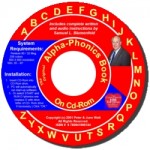
Alpha-Phonics the Book on CDRom
“Today, over 50 percent of the kids in D.C. attend schools that they are not assigned to,” DeVos pointed out, according to the Daily Signal. “They are making choices of other schools. So, the traditional public schools have continued to change and improve in response and reaction to the other dynamics around them. Charter schools have continued to expand and grow and improve and serve the most children. The voucher program has given children an alternative option, as well.”
Parents whose children are able to choose which school their children attend are generally more satisfied than those who are not given the option.
“When kids are in learning environments that work for them, it’s great for them, and it’s great for the families,” Devos asserted. “And we see survey after survey show that the satisfaction of parents that have had the opportunity to choose their child’s school is very, very high. They are happy because they are in a place they feel is right for them. They are happy because they feel the school is safe for them and they are happy because of the outcomes and the achievements that their children are demonstrating and doing.”
Partisan war over school choice
Devos lamented the fact that former President Barack Obama’s staunch advocacy of public schools trumped parents’ desire to choose what educational setting was best for their children during his two terms in office.
“The education secretary – who is a longtime supporter of school choice – said the school choice program did not get much support under the Obama administration and lamented that the program was used as a ‘political football,’ even though the OSP was established with bipartisan support 15 years ago,” Blair noted.
Devos argued that partisan politics should not play determine what is best for the
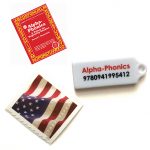
Alpha-Phonics now on Mini Flash Drive, complete with sound!
education of today’s generation and posterity.
“Education should not be, is not really a partisan issue – it really is reflective of the future of our country,” Devos insisted. “If students today aren’t prepared for what comes next, we’re not going to be prepared as a nation, to compete with the rest of the world, and we know that the most recent polling has shown conclusively that people want to have choices – they want choices for their kids.”
She then provided statistics to prove her claim.
“Sixty-seven percent of the people in this country – two thirds – support school choice,” Devos revealed. “The only thing standing in the way is the teachers union that have a personal financial vested interest.”
Vouchers popular not just in D.C.
Nearly half a million kids across the U.S. are currently taking advantage of the school voucher program.
“Today, school choice programs in the states include education savings accounts, tax credits and vouchers, and are accessed by about 482,000 students,” the Daily Signal’s Fred Lucas informed. “That’s a more than [a] twofold increase in participating students from 2011 – the year National School Choice Week was launched – when 31 school choice programs were accessible to about 212,000 students.”
The program helps parents out financially, allows them to provide the best fit for their kids educationally and is catching on more and more as ESAs (education savings accounts) have already been established in five states.
“Vouchers work as a form of publicly funded scholarships, paying for K–12 students to attend private schools,” Lucas added. “Tax credits allow parents to write off the cost of private education in filing their state taxes. Five states – Arizona, Florida, Mississippi, Tennessee and North Carolina – have adopted education savings accounts.”
Teachers unions or vouchers standing in the way of student success?
As Devos argues that teachers unions are more concerned with finances than students’ best interests, many of them at the local and state level are dead-set against vouchers being offered as the school choice movement continues to move forward.
In fact, the largest teachers union in America, the National Education Association (NEA),  considers school choice as little more than a ploy to undermine public school funding and divert it to private schools.
considers school choice as little more than a ploy to undermine public school funding and divert it to private schools.
“Private school vouchers – and similar schemes like tuition tax credits and education savings accounts – take scarce funding away from public schools and give it to private schools that are unaccountable to the public.,” the NEA declares on its website. “We should focus on improving public schools, where 90 percent of children go – not on diverting money from them for the sake of the 10 percent who want to go to private schools.”
Parents: You DO have a choice when it comes to teaching children how to read. You can teach them yourself if you wish. It is relatively easy to do with a proven (Over 33 years) program like ALPHA-PHONICS, a simple, easy and very effective phonics instruction program. Find out BELOW:
HOME PAGE TESTIMONIALS REVIEWS HOW TO ORDER
VIEW THIS BRIEF VIDEO FOR MORE DETAILS:
This Mom has taught 8 kids to read with Alpha-Phonics!

 Alpha-Phonics
Alpha-Phonics The Alphabet Song!
The Alphabet Song! Water on the Floor
Water on the Floor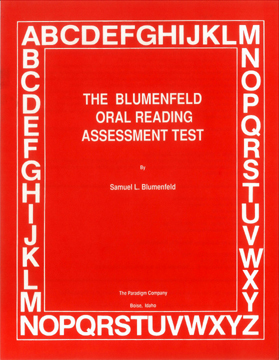 Blumenfeld Oral Reading Assessment Test
Blumenfeld Oral Reading Assessment Test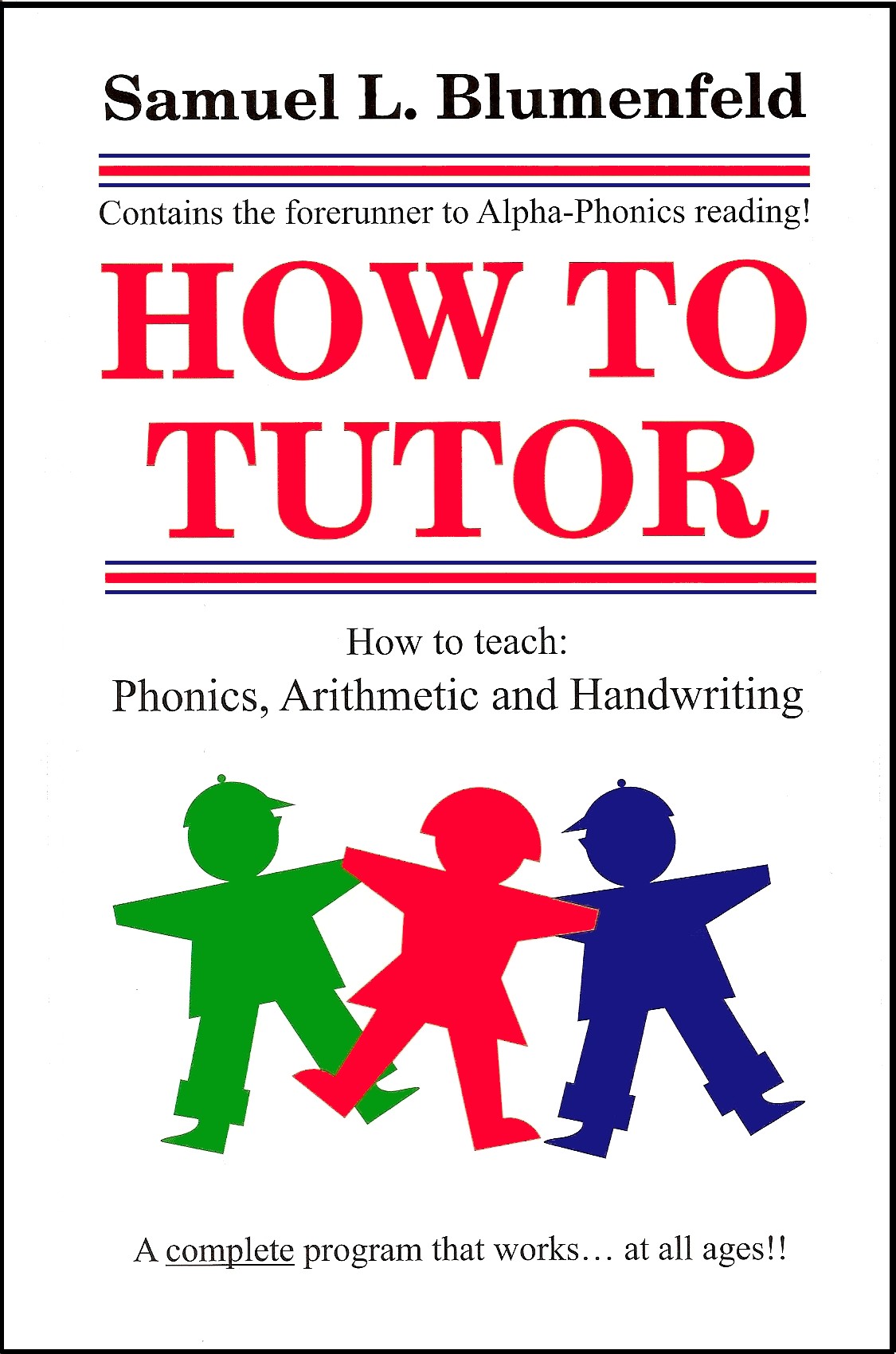 How To Tutor
How To Tutor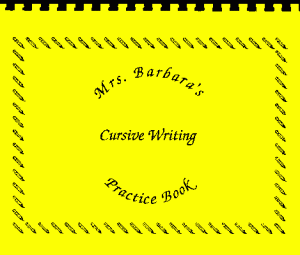 How To Tutor Cursive Handwriting Workbook
How To Tutor Cursive Handwriting Workbook